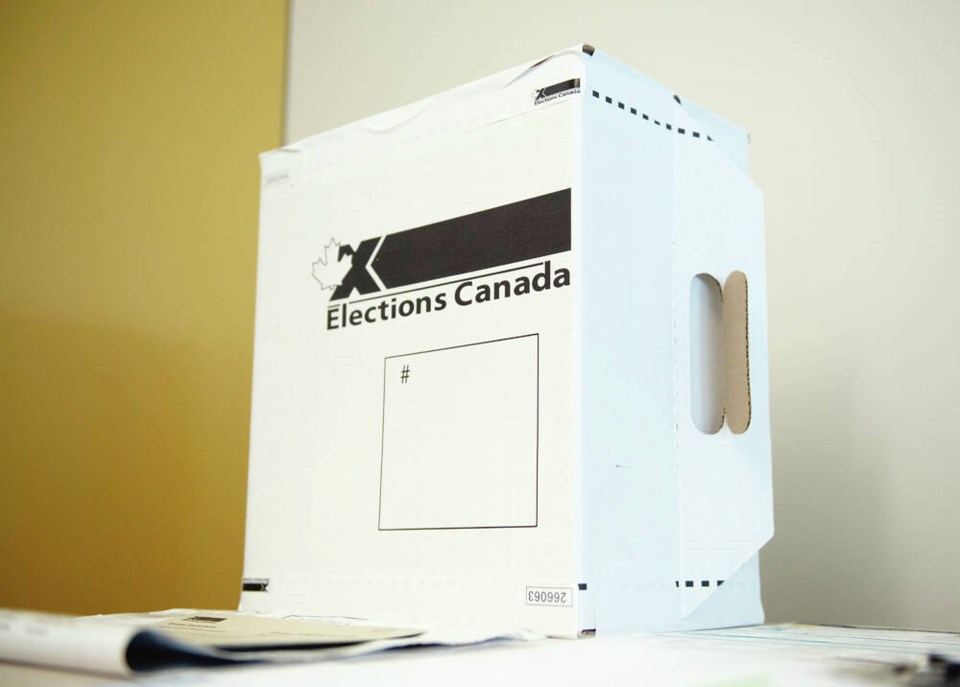With just days left in the election campaign, this is the last of four editorials on the key issues that have emerged. The previous pieces looked at where the three main parties stand on dealing with the COVID crisis, the measures they would take to rebuild the economy, and how they propose to combat climate change.
Today鈥檚 piece weighs competing health-care proposals.
We should begin by restating our own election policy. The sa国际传媒 is not endorsing any of the parties. We take no stance on which is best prepared to govern.
The Liberals began the campaign by promising to spend $3 billion over four years to hire 7,500 more family physicians, plus an extra $6 billion to help reduce wait times. They offered tax and student-loan incentives for health-care providers who are willing to work in remote communities.
In addition, Liberal Leader Justin Trudeau said he would give the provinces $4.5 billion over four years to support better mental-health care. The funds would flow through a new federal transfer program.
Trudeau also committed $9 billion over five years to hike wages and train more workers in long-term care facilities.
While these commitments speak to concerns that are generally top of mind among voters, there are several unanswered questions.
The federal government has little or no say in how many family doctors practise in each province, how most wait lists are managed or how long-term care workers are paid or trained.
Whether Trudeau can actually deliver on these promises is at best unclear.
There is also the reality that in the past, Ottawa has defaulted on commitments to fund health-care services at previously agreed levels. Can the provinces, which will have to administer any new programs, trust the federal government to keep its word?
NDP Leader Jagmeet Singh says he would prohibit the creation of any new, for-profit long-term care facilities, and establish national standards for nursing homes.
He has also promised free dental care for families earning less than $60,000 a year, and partial coverage for families in the $90,000 wage bracket.
Singh proposes to pay for this new program by raising a one per cent tax on Canadians whose net wealth is $10 million or more. Whether that is sufficient to cover the cost of such a broad commitment is, again, unclear.
Conservative Leader Erin O鈥橳oole has promised to invest $60 billion in the health-care system over 10 years.
He proposes to do this by doubling the current annual increase in the sa国际传媒 Health Transfer from three per cent to six.
He has also expressed support for privately owned health-care facilities, arguing these are necessary to relieve pressure on an overworked public system.
However, he has not made clear exactly what he means. In sa国际传媒, for example, numerous private clinics deliver imaging services such as X-rays and ultrasounds.
These clinics are funded by agreement with the province, and patients pay nothing. They are, in practice, merely an extension of the public system.
However, sa国际传媒 also has several private surgical clinics, which are completely freestanding. They are not paid for out of public funds, and patients are charged the full cost of service.
While their standing is currently the subject of a court case, they are not an extension of the public system, but rather a competitor. Opponents argue this draws away surgeons and nurses at a time when both are in short supply.
O鈥橳oole hasn鈥檛 said which of these quite different models he favours.
In summary, it鈥檚 clear that all of the three main parties have accurately gauged public anxieties around our existing health-care system. The policies they propose are aimed at visible weak points.
However, there are lingering questions about the practicality of many of their choices, and, as troubling, huge cost figures are involved.
Given these difficulties, it seems fair to say that whichever party is elected, we may see a considerable difference between what has been promised, and what is delivered.



